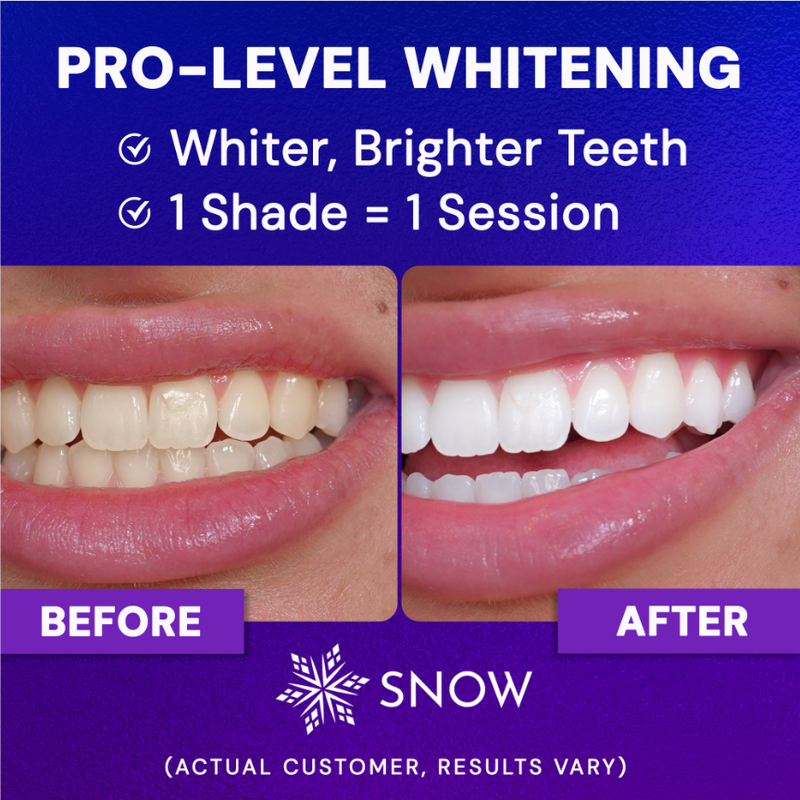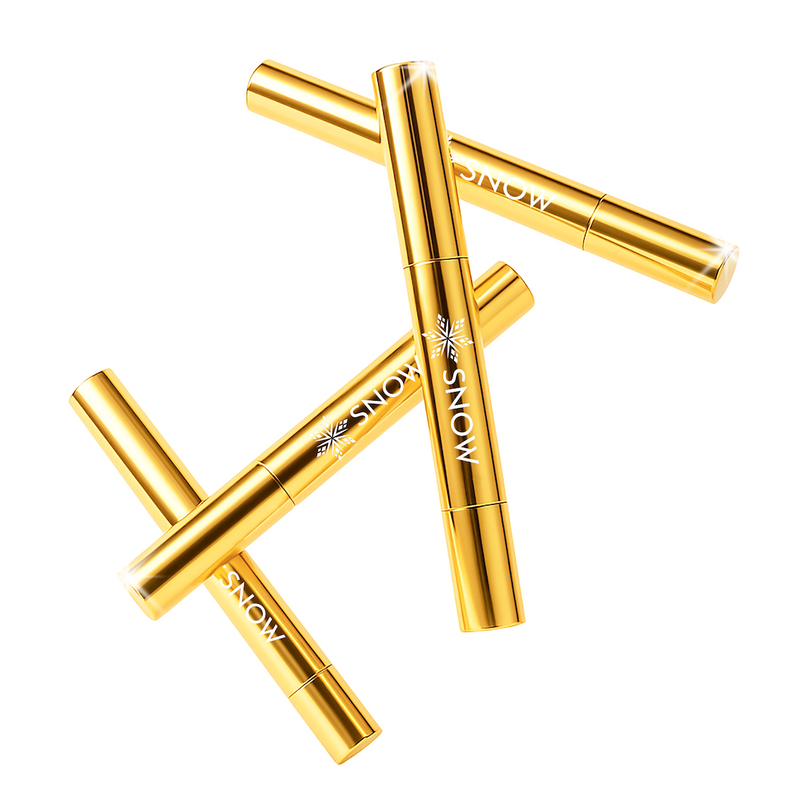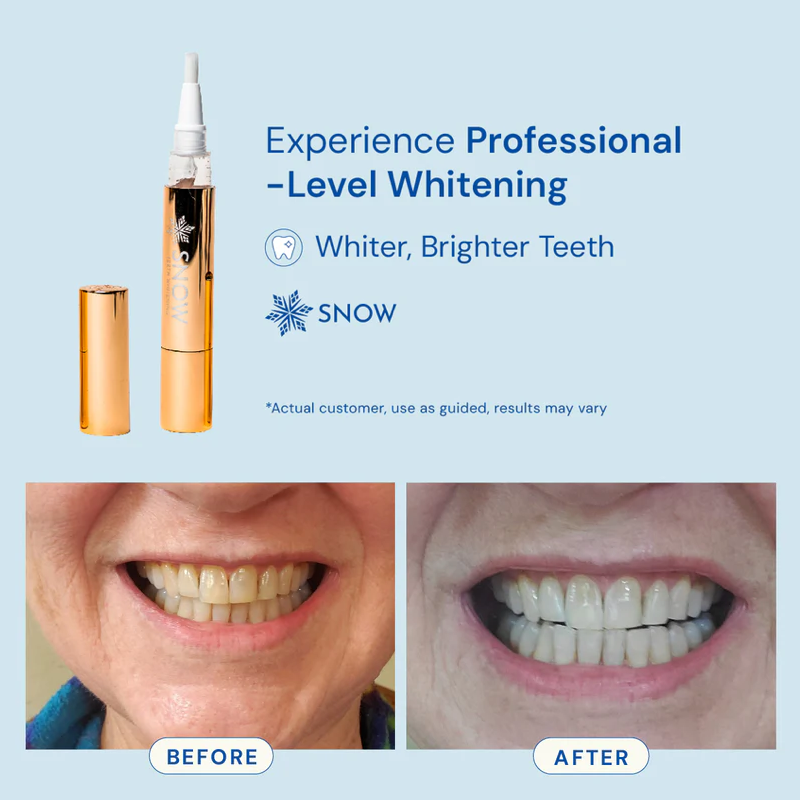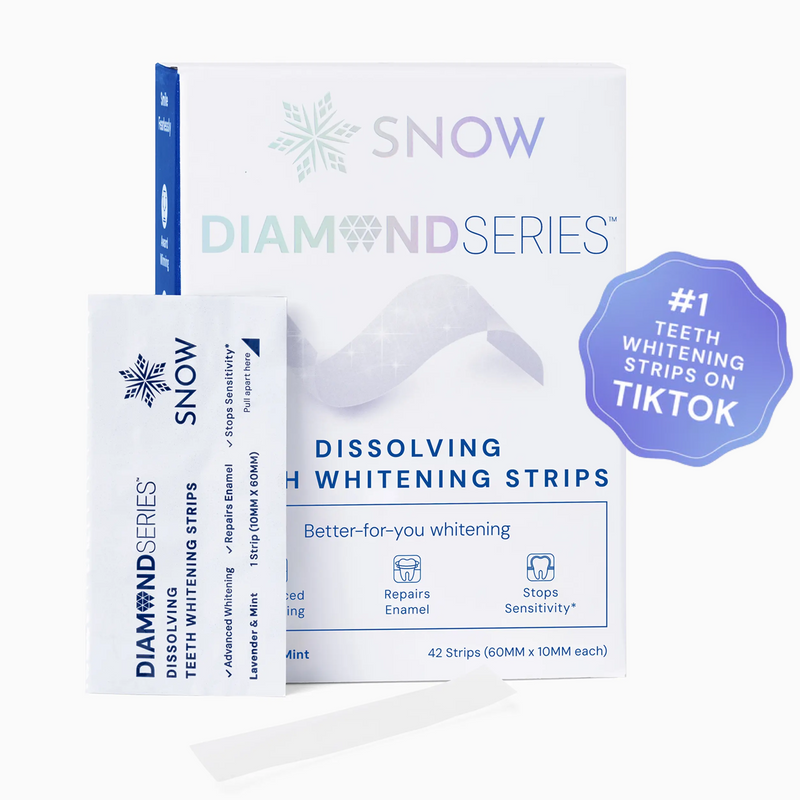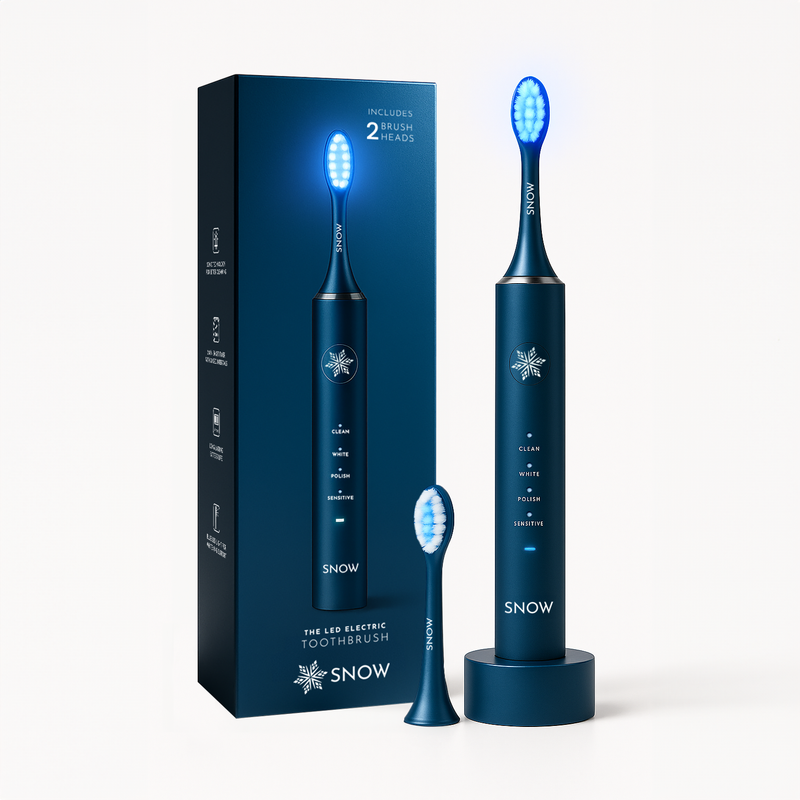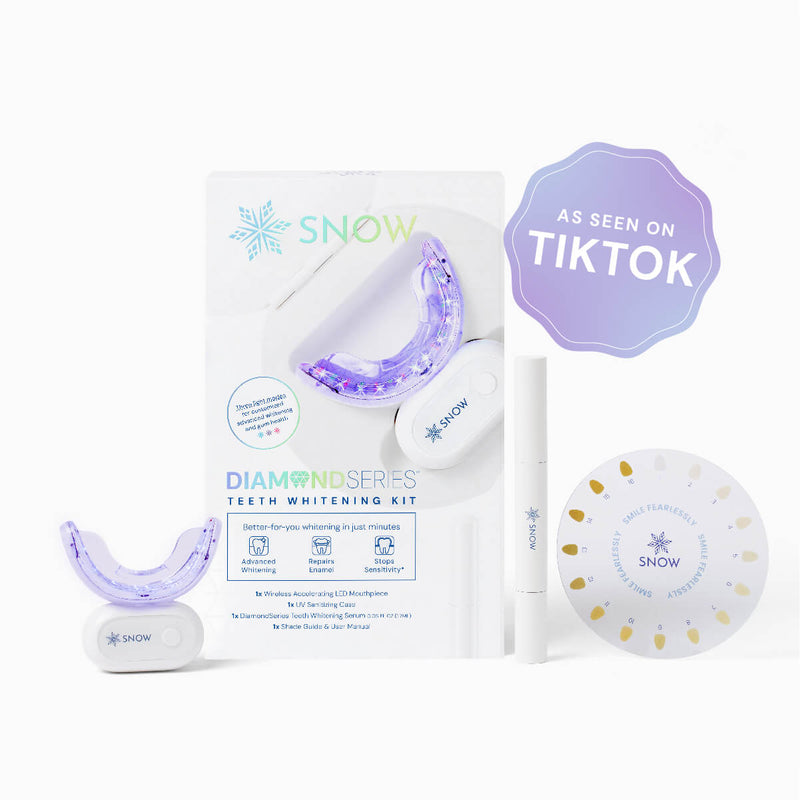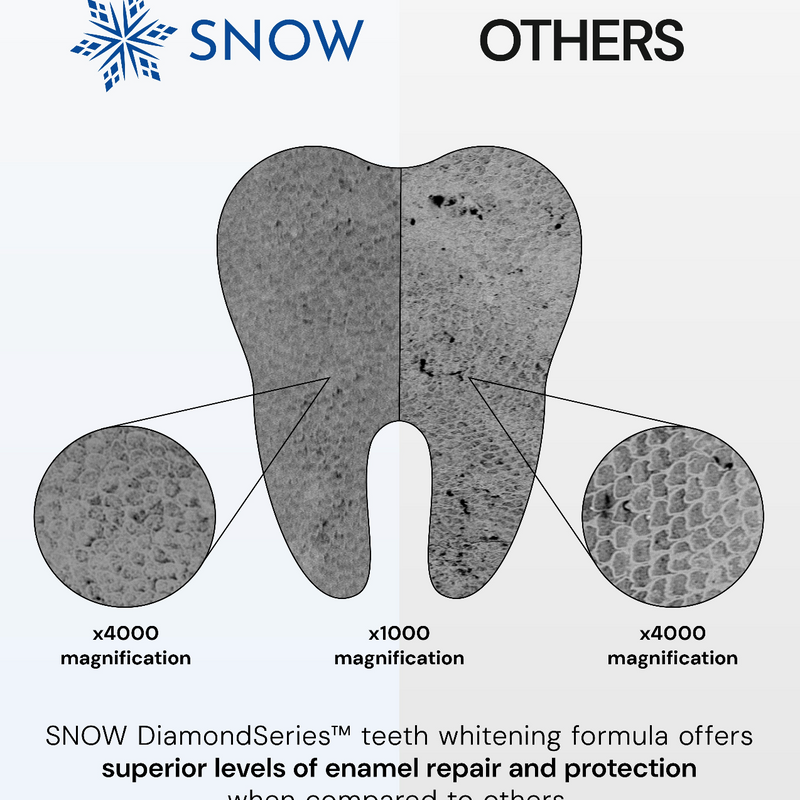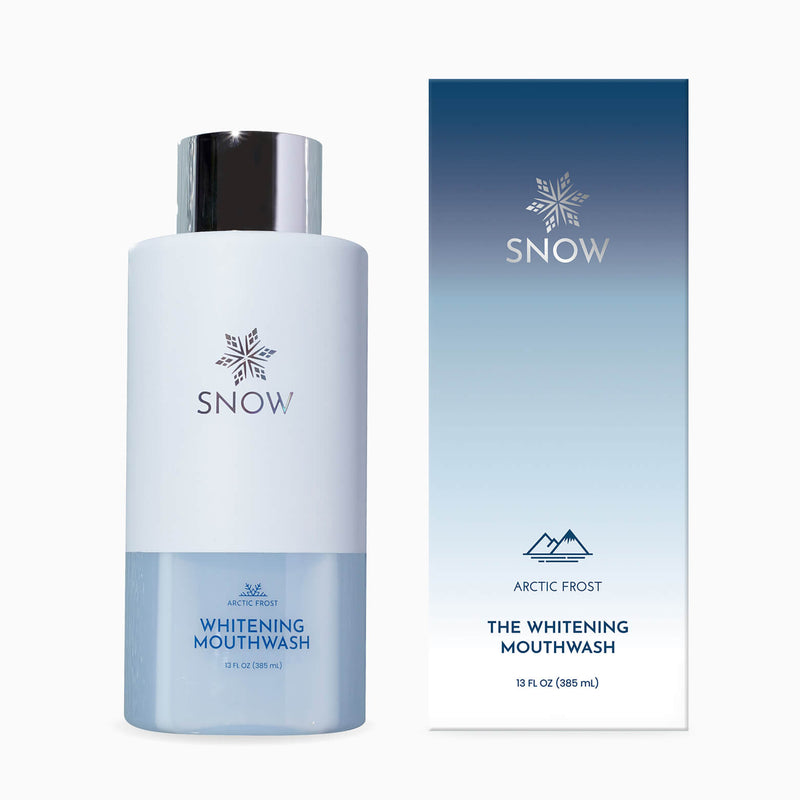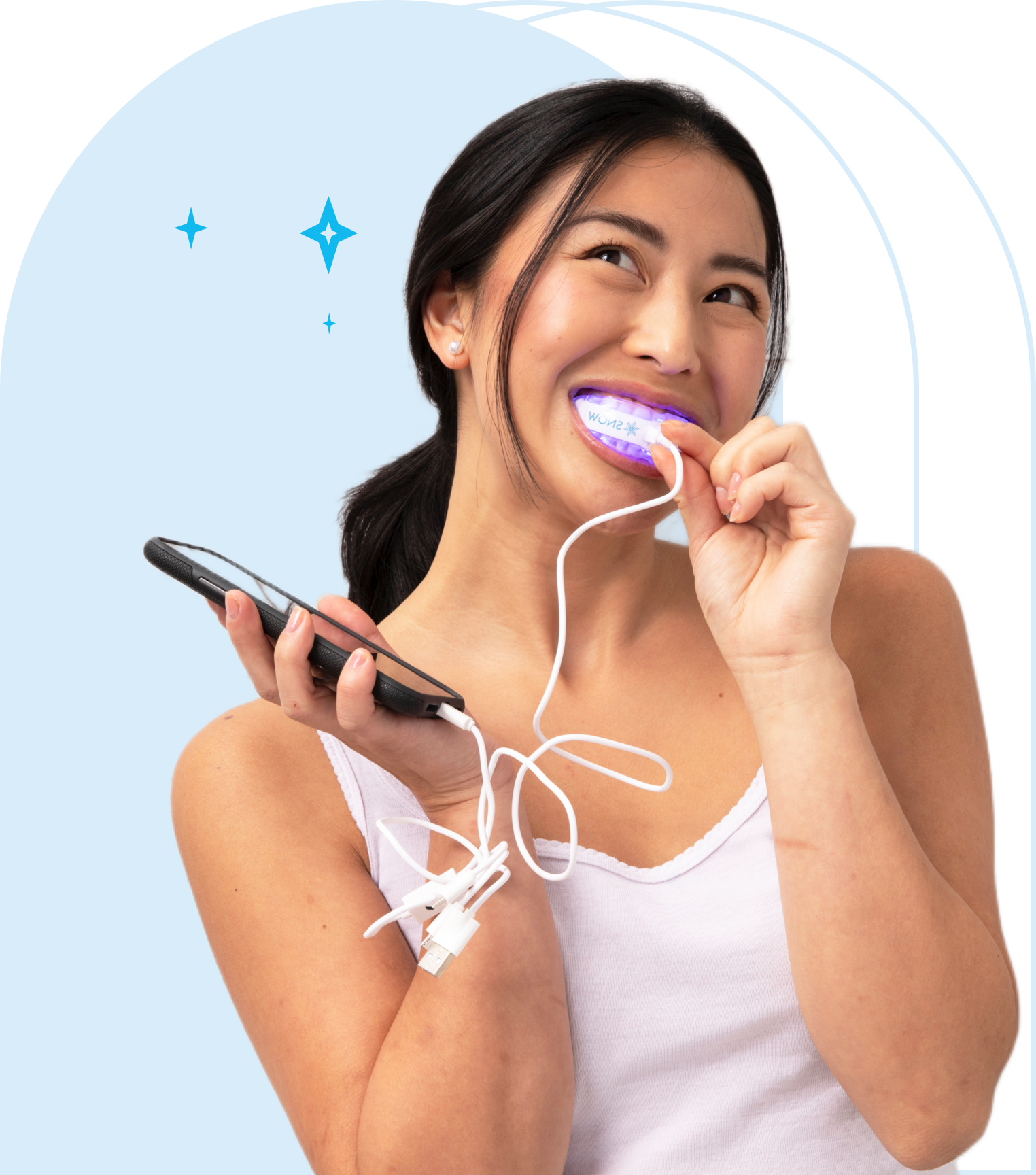Oral health is a window to your overall well-being, but sometimes, unexpected discoveries like white stringy stuff in your mouth after brushing can cause concern.
This residue, often a form of biofilm, isn't just about oral hygiene; it's also tied to everything from the products you use to your body's natural processes.
Understanding the reasons why teeth are naturally white can help clarify whether changes in oral residue or discoloration are cause for concern, and what truly constitutes a healthy smile.
What this article covers:
- Identifying the White Stringy Substance in the Mouth
- Major Causes of White Stuff in Your Mouth
- Comprehensive Solutions and Preventative Strategies
Identifying the White Stringy Substance in the Mouth
The white film, often described as stringy or slimy, is something most people encounter, yet few understand. It's usually a soft, harmless layer that forms due to the proteins in saliva interacting with the toothpaste. However, changes in its consistency or amount could signal underlying issues, such as teeth getting yellow despite brushing.
If you’re wondering whether the appearance of white residue could be related to the natural coloring of your teeth, our guide on how to determine your teeth’s natural shade can help you better understand what’s truly normal for your smile."
Characteristics Of The White Residue
- Texture and Consistency Observations: The substance is often slimy, stringy, or foamy, and tends to appear after brushing, indicating a reaction between saliva and toothpaste ingredients. Best teeth whitening toothbrush and electric toothbrush whiten teeth are popular choices for tackling this issue.
- When Does It Appear?: Noticing this white film primarily post-brushing could point to your toothpaste's composition, especially if it contains sodium lauryl sulfate (SLS), a common foaming agent.

Maintaining a healthy oral environment helps prevent issues like white residue, but if you're curious about the various methods people use to achieve whiter teeth, it's helpful to understand the full spectrum of whitening options available today
Major Causes of White Stuff In Your Mouth
Understanding the root causes of this white residue is crucial. It's rarely a cause for alarm, but knowing what to look for helps maintain optimal oral health.
Reaction To Toothpaste Ingredients
Some individuals might experience a reaction to certain toothpaste ingredients, like SLS, which can cause a layer of protein from the saliva to peel away, appearing as white strings or film.
Many factors contribute to the root causes of tooth discoloration, including extrinsic stains from foods and drinks, as well as intrinsic factors like aging and genetics. Understanding these can help in managing the appearance of white residues in your mouth.
How Ingredients React With Saliva
Ingredients like SLS can interact with the proteins in saliva, causing them to coagulate and appear as white debris. Switching to an SLS-free toothpaste, like the ones we offer at SNOW, can often resolve this issue.
Sensitivity To Whitening Toothpaste
Whitening toothpastes, especially those with abrasive ingredients, can sometimes exacerbate the appearance of white film due to their interaction with saliva proteins. SNOW's teeth-whitening products are formulated to be gentle yet effective, ensuring a comfortable experience even for those with sensitive teeth, thereby addressing the concern of can teeth get whiter by brushing.

The Phenomenon Of Oral Thrush
Oral thrush, a type of yeast infection, can also cause a white, cottage cheese-like coating inside the mouth. It's more common in infants and the elderly, especially denture wearers or individuals with compromised immune systems.
Brown spit when brushing teeth and yellow spit after brushing teeth could be indicators of oral thrush.
Recognizing Signs Of Candida Overgrowth
White patches that don't scrape away easily, redness, and slight bleeding might indicate oral thrush. It's different from the typical white film due to its cottage cheese-like appearance and the areas it affects.
Conditions That Encourage Oral Thrush
Factors like poor oral hygiene, dry mouth, and high sugar diets can encourage fungal growth. Regular use of SNOW's oral health products can help maintain a balanced oral environment, reducing the likelihood of such issues.
Plaque Build-Up and Its Consequences
Plaque, a sticky deposit on teeth in which bacteria proliferate, can sometimes manifest as a white substance along the gumline. It's the primary cause of many dental issues, emphasizing the need for effective plaque control.
From Plaque To Tartar: The Timeline
Plaque can harden into tartar if not removed regularly, leading to gum disease and cavities. Tartar can't be cleaned with brushing alone, making regular dental cleanings essential.
While stringy biofilm represents one type of white residue, preventing plaque from hardening requires understanding calcium buildup and tartar removal techniques that address the mineralized deposits that standard brushing cannot eliminate.
Risks Associated With Tartar Accumulation
Tartar build-up can cause gum disease, tooth decay, and tooth loss. Preventing tartar formation with proper oral hygiene is key to maintaining a healthy smile.
Comprehensive Solutions and Preventative Strategies
At SNOW, we advocate for proactive oral health practices. Prevention is always better than cure, especially when it comes to your smile.
Before considering changes to your oral care routine due to white stringy residue, understanding how professional teeth whitening works can provide clarity on the benefits and suitability of different whitening options available for improving your smile.
Choosing The Right Toothpaste
Selecting a toothpaste that's compatible with your oral environment is crucial. Ingredients matter, and what works for one person might not work for another.
Recommendations For Sensitive Mouths
For those with sensitive teeth or reactions to standard toothpastes, switching to hypoallergenic or SLS-free toothpastes can make a world of difference.
For those considering at-home teeth whitening, it's important to follow the proper steps for using whitening strips to achieve optimal results and avoid irritation.
Beyond SLS-free formulations, consider exploring hydroxyapatite toothpaste as an advanced alternative that naturally strengthens enamel while reducing the likelihood of post-brushing residue.
This biomimetic approach works by replenishing the same minerals found in your natural tooth structure, offering comprehensive oral care without harsh chemical reactions.
The Downside Of Whitening Toothpastes
While whitening toothpastes can be effective, some can be too abrasive, especially for those with sensitive teeth. SNOW's whitening products are designed to balance efficacy with comfort, providing a superior teeth-whitening experience without the harsh side effects.
When discussing options for "Choosing The Right Toothpaste," it's vital to consider not only ingredient sensitivity but also tooth health benefits for children.
One option growing in popularity is a hydroxyapatite-based and fluoride-feet toothpaste so effective that is considered the best hydroxyapatite toothpaste for kids, which offers remineralization benefits without the abrasiveness or harshness of some whitening toothpastes.
Hydroxyapatite is especially well-suited for young, developing teeth and is gentle enough for sensitive mouths. This makes it an excellent choice for parents seeking a safe, effective solution that supports both cavity defense and daily oral care.
Adopting a hydroxyapatite toothpaste can complement your current oral hygiene routine by delivering added protection and peace of mind.
Combatting Oral Thrush
Maintaining a healthy oral microbiome is essential in preventing oral thrush. This includes regular brushing, flossing, and using antifungal medications if necessary.
Lifestyle Changes For Prevention
Reducing sugar intake, managing dry mouth, and stopping smoking are effective strategies against oral thrush. Additionally, using a gentle oral care product, like those from SNOW, can help maintain a healthy oral environment.
A critical step in addressing recurring white residue is mastering proper brushing and flossing techniques, which help maintain oral hygiene and reduce the presence of unwanted biofilm.
When To Seek Medical Attention
If you suspect you have oral thrush, it's important to seek medical attention. Early intervention can help manage the condition and prevent complications.
Effective Plaque Control
Controlling plaque is a cornerstone of oral health. It requires a consistent oral hygiene routine and regular dental check-ups.
Best Practices For Oral Hygiene
Brushing twice a day, flossing daily, and regular dental cleanings are standard practices. However, incorporating a teeth-whitening regimen, like SNOW's, can enhance your oral hygiene routine, contributing to both the health and aesthetics of your smile.
Beyond improving oral health, understanding the benefits of teeth whitening for your smile—such as increased confidence and enhanced appearance—can motivate a more proactive approach to dental care.
Professional Dental Cleanings
Professional cleanings are an essential aspect of oral health, helping to remove plaque and tartar that at-home brushing can't. They're also an opportunity for dental professionals to check for other issues, such as cavities or gum disease.

Conclusion
In essence, the appearance of white stringy stuff in your mouth after brushing your teeth is a common phenomenon, often linked to saliva's interaction with toothpaste or indicative of oral health conditions like oral thrush or plaque buildup. Prioritizing comprehensive oral care practices, including regular brushing, choosing the right toothpaste, and proactive health checks, is crucial. For those seeking an enhanced smile through safe and effective teeth whitening, SNOW offers tailored solutions to meet your unique needs, ensuring a radiant smile and healthier oral environment.
If you found this post helpful, check out these related articles:
- Should I Brush My Teeth Before Whitening Trays
- How Many Times Do I Have to Brush My Teeth to Make Them White
- How Long Does It Take to Get Your Teeth White From Brushing
- Are Whitening Strips Bad for Your Teeth?
- Do Teeth Whitening Strips Work?
- Best Whitening Strips for Sensitive Teeth
- How to Whiten Teeth Instantly
- Can Yellow Teeth Become White?
- Can I Whiten My Teeth Twice a Day?
- Best Time to Whiten Teeth
- Does Tea Stain Your Teeth?
- Does Tea Stain Your Teeth More Than Coffee?
- Does Herbal Tea Stain Teeth?
- Does Peppermint Tea Stain Teeth?
- Does Rooibos Tea Stain Teeth?
















































